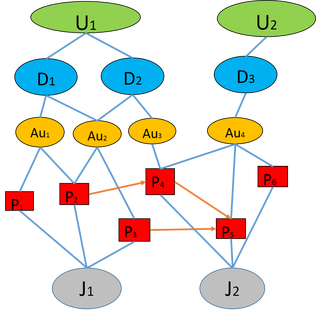-----------------------------------------------------------------------------------------------------------------
In the past four month, I have been absorbing and integrating knowledge and methods in the microscale transport especially in thermal transport and lithium-ion battery.
Recently, I have been getting the fundamental understanding of the design science and social network. This will probably help me to understand the complex social-technical world.
Lectures and Seminars
----------------------------------------------------------------------------------------------------------------------
Jan, 2014
Lecture: Nanowire Devices for High-Performance Energy Storage
Lecturer: Liqiang Mai, Professor, WUT-Harvard Joint Nano Key Lab
Dec, 2013
Lecture 1: Multiscale Simulations and Ultrafast Characterization for Nanoscale Heat Conduction
Lecture 2: Phase-Change Heat Transfer at Micro/Nanoscale: from Fundamentals to Manufacturable Devices
Lecturer: Ronggui Yang, Associate Professor, Mechnical Engineering, University of Colorado, Boulder
Nov, 2013
Seminar: Interfacial Science and Technology in Energy Industry
Lecturer: Qingxia (Chad) Liu, Professor, Chemical and Materials Engineering, University of Alberta
Oct, 2013
Lecture: Simulation of thermal and thermoelectric properties of carbon nanomaterials
Lecturer: S.Watanabe, Department of Material Engineering, The University of Tokyo


 RSS Feed
RSS Feed
